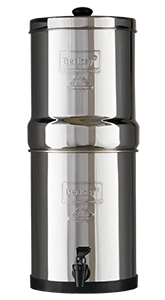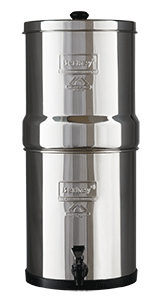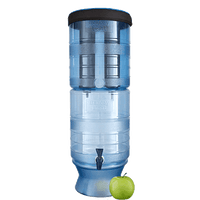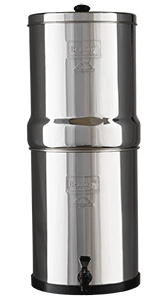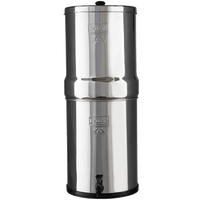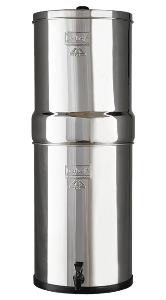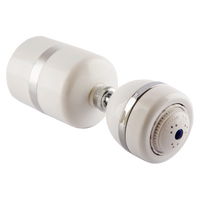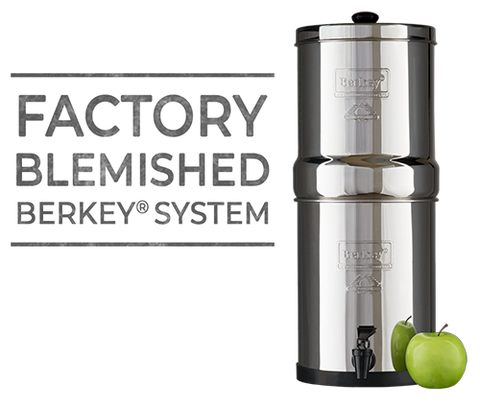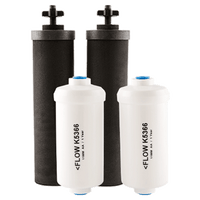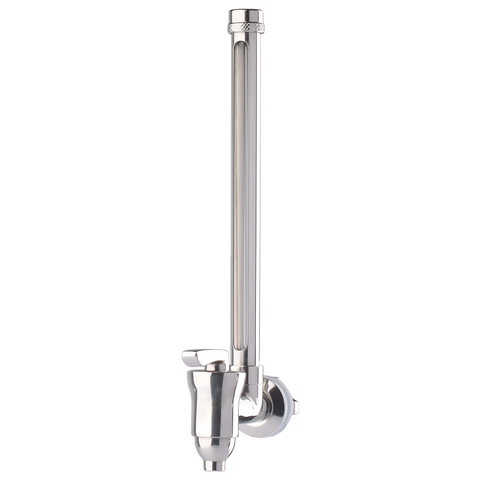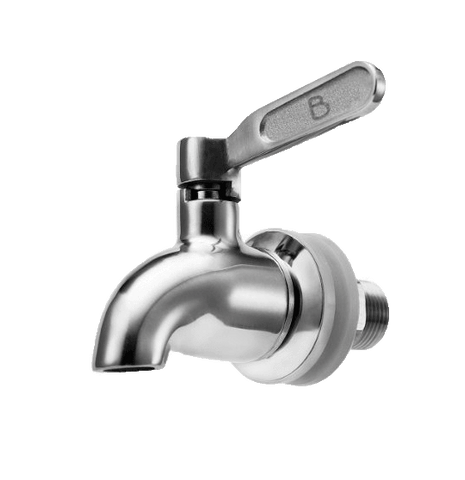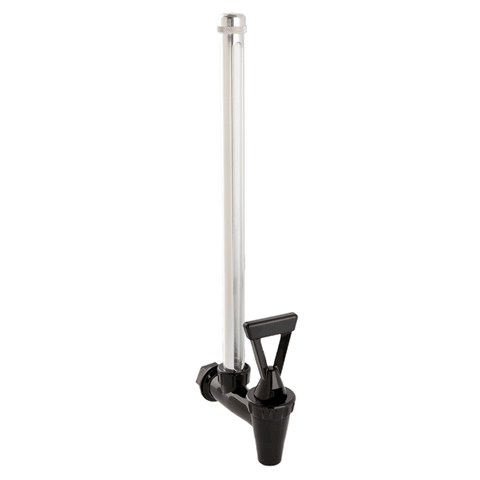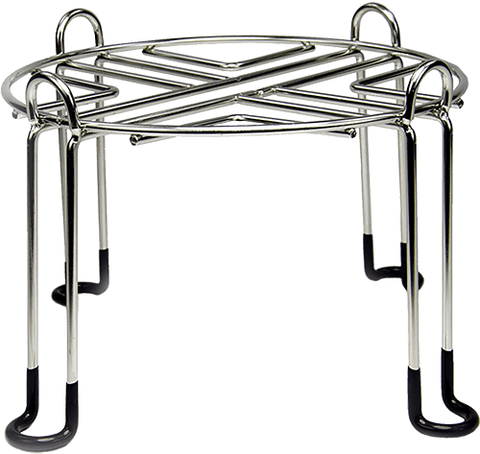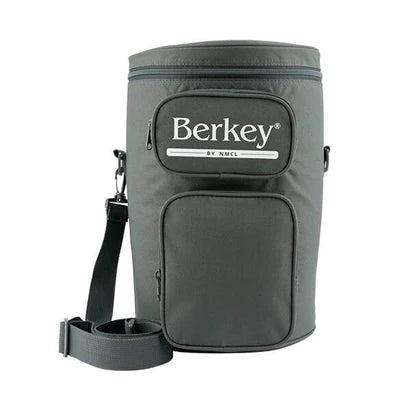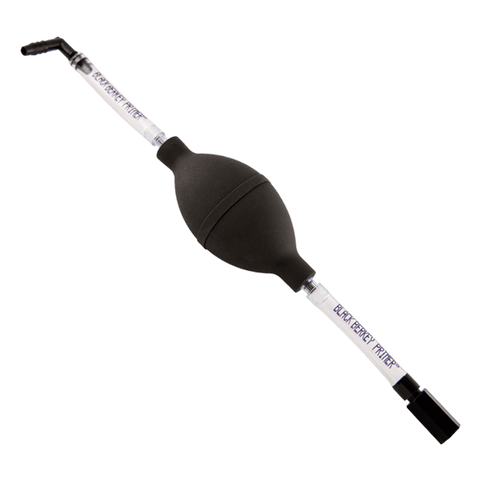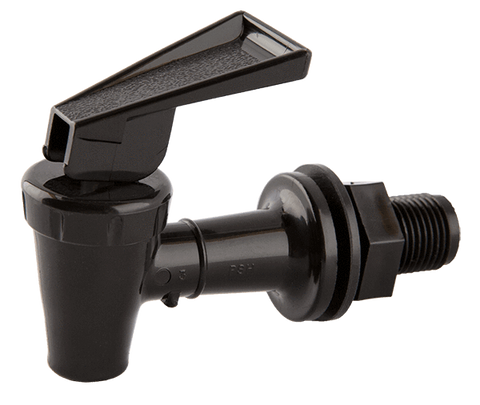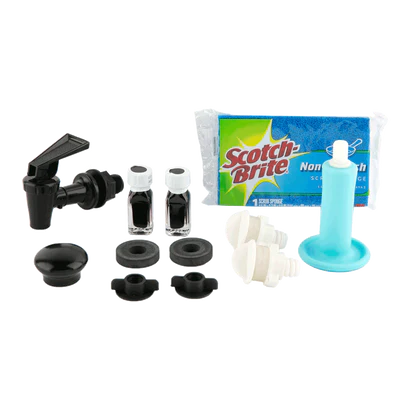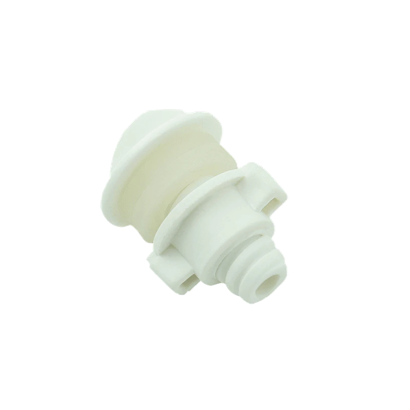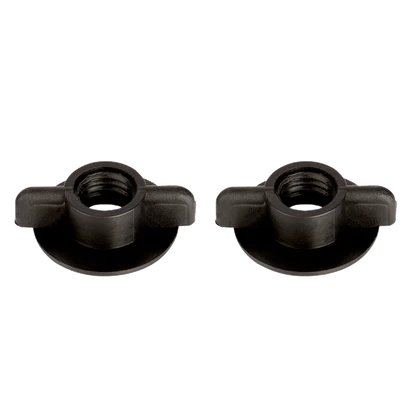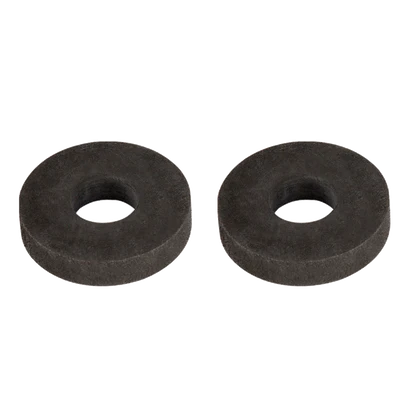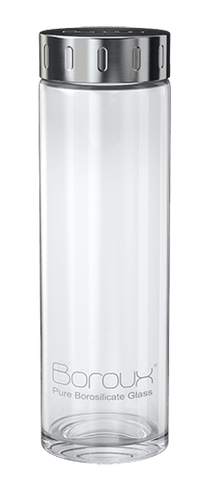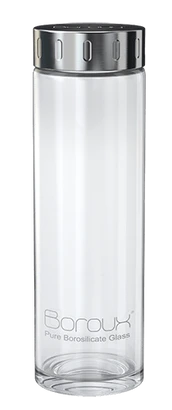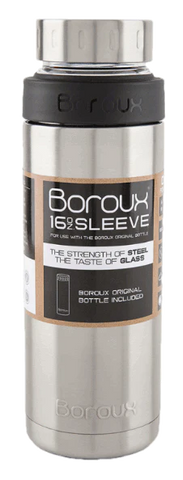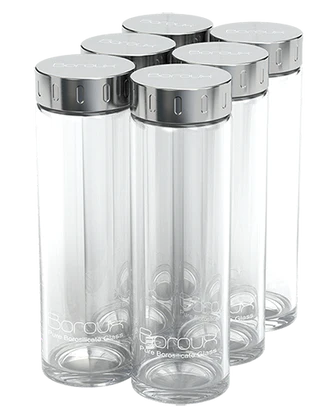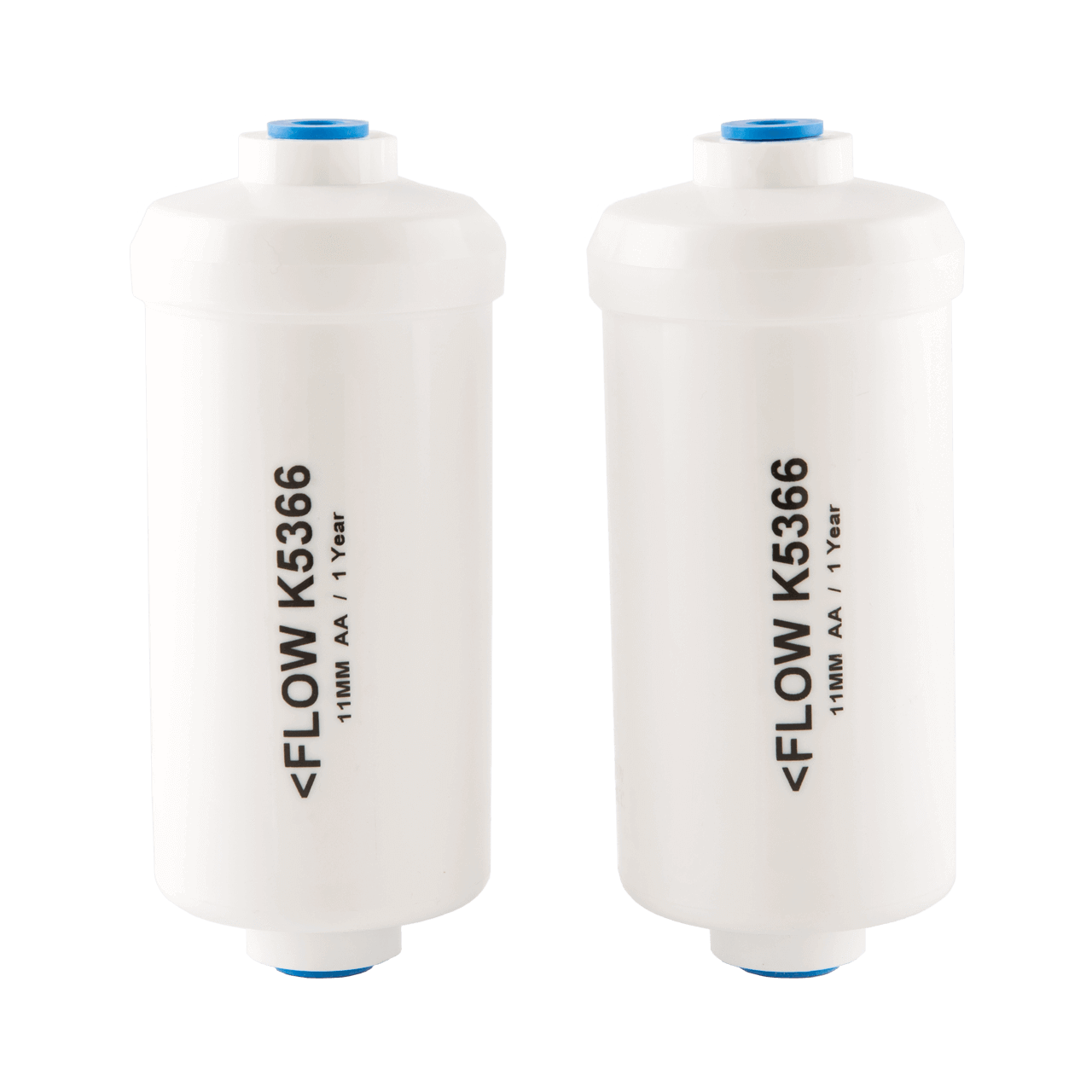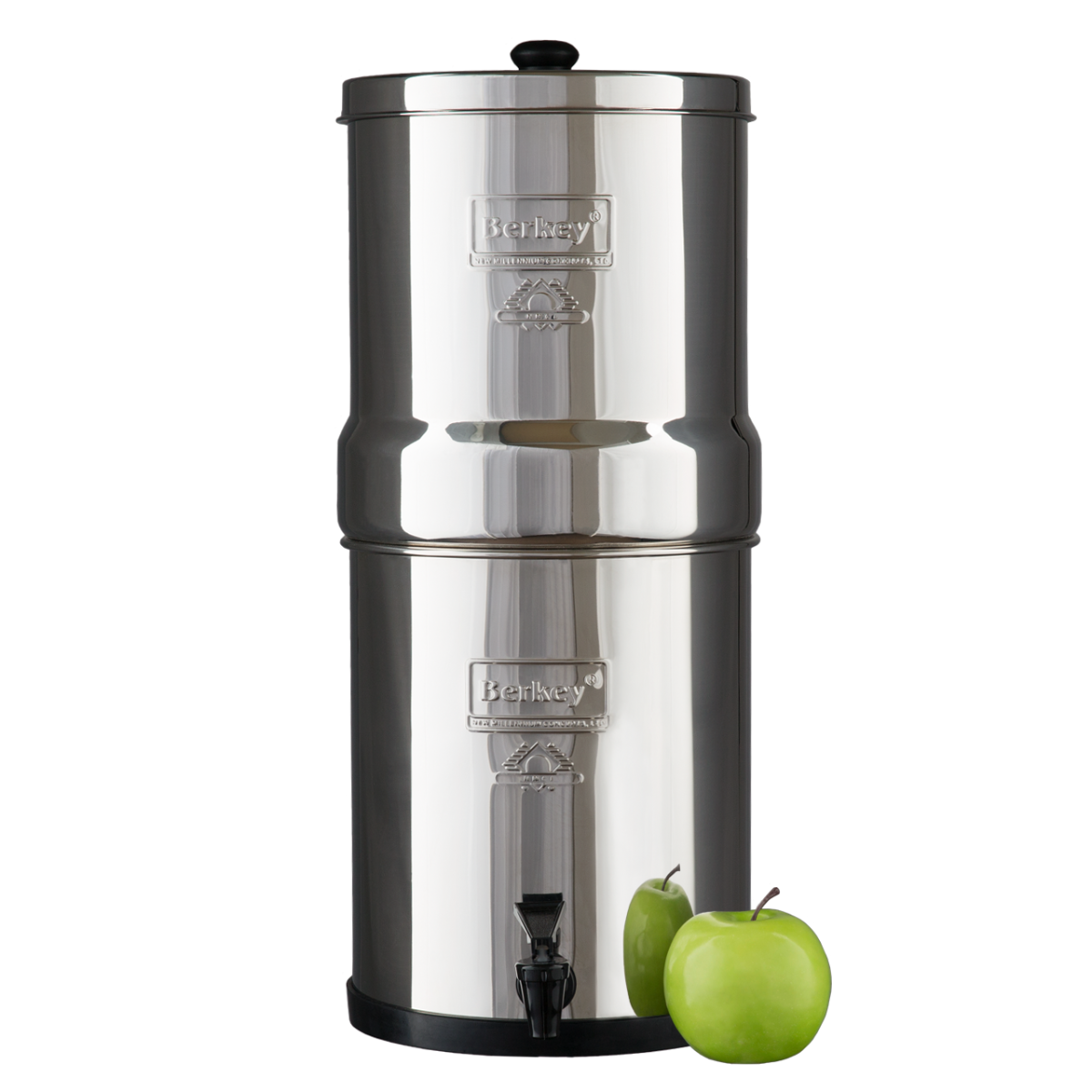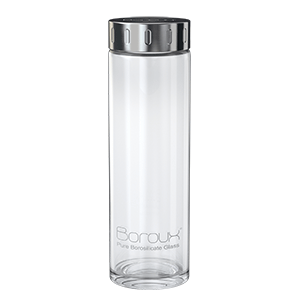Berkey Fluoride Filter (PF-2) FAQ
Each white cylindrical Fluoride Filter is six inches long and of 2.5 inches wide. When attached to the stems of the Black Berkey Filters the Fluoride Filters hang down into the lower chamber approximately 7.5 inches. The threaded hole side of the Berkey PF-2 Elements that attaches to the Black Berkey® Elements is 11mm.
No, it does not contain cyanuric acid. The fluoride filters are not treated with cyanuric acid.
A “lock” condition may occur, where the water flowing through the upper filter and into the lower filter will stop flowing into the bottom chamber once the water level reaches the bottom of the fluoride filter.
The filters can be adjusted by either turning them more revolutions or less. To fix this, the fluoride filter needs to be loosened slightly so that enough water can escape to prevent pressure from building up within the post filter element(s). In other words a small amount of “burping” (spill) is necessary for the filters to perform properly. To obtain optimum flow without a lock condition and to not have excessive water leaking, adjust the tightness/looseness of the filters. The number of rotations is a guide. If it appears that too much water is seeping between the threads tighten it a bit more (careful not to over-tighten and damaging the interior screen). If the system air locks, then try loosening the filters by unscrewing slightly.
No, they do not replace the black filters.
The Fluoride Filters are also called PF-2 elements. The “PF” in PF-2 stands for Post Filter. Without the Black Berkey Filters there's nothing for the filters to attach to. The Fluoride Filters do not remove or reduce all the same things as the Black Berkey Filters.
The Black Berkey Filters fit into the base of the upper chamber with the threaded stems of the filters protruding through the holes in the bottom of the upper chamber. The fluoride filters screw onto these threaded stems so that they hang down into the interior of the lower chamber. The water flows from the upper chamber, through the Black Berkey Filters, into the Berkey Fluoride Filters and then into the lower chamber.
Our third-party laboratory testing indicates that the Black Berkey Filters reduce Arsenic and Fluoride up to 99.9%. Typically carbon based elements that reduce Arsenic and Fluoride begin to lose that ability rather quickly. This is likely the case with Black Berkey Filters, which means that their efficiency at removing Arsenic likely decline prior to the expected lifespan.
For that reason, a longer lasting solution for Arsenic and Fluoride reduction was developed. Replaceable Berkey PF-2 Fluoride and Arsenic reduction elements mitigate the loss of efficiency from the carbon filters. The media in a pair of Berkey Fluoride Filters can reliably remove Arsenic and Fluoride contaminants for up to 1,000 gallons, which is less than the life expectancy of the Black Berkey Filters. That is why they were designed to be replaceable!
The Black Berkey Filter’s job is to remove a wide variety of potential contaminants, while the Berkey Fluoride Filter’s job is to specifically remove Fluoride and Arsenic; contaminants that the Black Berkey Filters may begin to miss after extended use. Contaminant reduction is dependent on the presence of other competing elements in the source water. High levels of fluoride, arsenic, and heavy metals may reduce the capacity and efficiency of these elements.
No, not necessarily. The Berkey Fluoride Filters are best for city water that's been treated with Fluoride. Not all city water is treated with Fluoride. The Fluoride Filters aren't necessary if there's no fluoride to remove. However, you may chose to add the Fluoride Filters even if you're on well or spring water if you're concerned about arsenic, which the Fluoride Filters also remove.
Possibly, high or low PH impedes the ability of the media to remove fluoride. For maximum removal efficiency, maintain the water being treated between a pH level of 5 and 7. Actual capacity depends on the level of contamination of arsenic, fluoride, and other heavy metal ions. Exceptionally high levels of these contaminants may reduce the effectiveness of these elements.
Unused, properly-stored Berkey Fluoride Filters theoretically have an indefinite shelf-life. They must remain in their original packaging and be stored in a cool, dry, odorless place.They cannot be exposed to weather conditions.
Keep fluoride filters moist. It is best to place the filters in a ziptop bag and then in the door or towards the front, of the refrigerator--to make sure the filters will not freeze.
The filters can be stored like this for up to two weeks. Once you return and are ready to resume using the filters, re-prime and reinstall.
NOTE: The Berkey Fluoride Filters should never dry out completely. This could cause bacteria growth and replacements would be necessary.
The filtering media inside the filter is very dense and contains dust from the manufacturing process. This dust needs to be rinsed from the media in order for the water to run clear and to break the surface tension of the filtering media.
If the Berkey Fluoride Filters are not properly primed prior to use, turbidity in the first few cycles of water may occur. Turbidity appears as cloudiness in the water. In other words, the process dust is what causes the cloudiness. For example, manufacturer had the Fluoride Filters tested to determine at what level the turbidity falls off.
Laboratory test results show that the levels of turbidity drop off dramatically if the filters are primed. One priming: Turbidity reduced by >94% Two primings: Turbidity reduced by >96% Three primings: Turbidity reduced by >98% The turbidity will continue to decline with each refill cycle of your Berkey system. While turbidity may be aesthetically unpleasing, according to current research, there are no negative health effects with which to be concerned.
The media used in our Fluoride filter elements can contain a small amount of harmless process dust or fines, due primarily to assembly, shipping and handling. We recommend the Berkey Fluoride Filters be primed to remove the majority of this process dust, prior to installing these elements in your Berkey system.
A set (two) of Fluoride Filters lasts for up to 1,000 gallons or one year, whichever comes first.
The best way to gauge when to replace the Berkey PF-2 Elements is to do the following:
1. Keep a track of how many times per week you refill your system.
2. Multiply that figure times the number of gallons of your system holds (for example the Berkey Light system holds 2.75 gallons) to determine Total Gallons Used Per Week.
3. Finally divide the Total Gallons Used Per Week into the 1,000 gallons which will determine how many weeks before the filters should be replaced.
4. Calculate the future date for replacement (52 weeks per year) and write that date on a sticker and attach it to the bottom of your system for future reference.
If you have been using your fluoride filters for a while, use the above formula to determine when to replace the filters. Just count forward from the date you purchased or installed your filters.
The Proprietary PF2 Fluoride Reduction Media is an EPA approved method for removing Fluoride from drinking water.
The Fluoride Filters contain the media aluminum oxide (aka activated alumina). As a consumer, it’s important to know that pure aluminum and aluminum oxide have vastly different characteristics. Pure aluminum is water-soluble, it is highly reactive and it is associated with negative health effects. By contrast aluminum oxide is not water-soluble; it is inert, is very stable and is not associated with negative health effects.
The Fluoride Filters are made from BPA free non-leaching #5 polypropylene. The same kind of material used for ketchup bottles and yogurt containers.
1. Attach blue silicon Prime Rite to the faucet. The prime should be as close to the spout as possible.
2. Locate the threaded end of the fluoride filter. Attach the white filter adapter the screwing into into the threads.
3. Gently push the white filter adapter into the blue Prime Rite.
4. Slowly turn on the faucet, gradually increasing the water pressure. Use cold water and don't let the filter hand unsupported. Turn water pressure down if Prime Rite develops a bulb.
5. Cover the bottom end of the filter with a finger to prevent water flowing through. Let water fill up in the filter for approximately 30 seconds. Then turn off faucet.
6. Remove fluoride filter from the Prime Rite. Cover both ends with fingers to block water inside. Shake filter vigorously for about one minute.
7. Reattach the filter to the Prime Rite and turn on the faucet slowly. Increase the pressure until there is a steady stream flowing from the bottom of the filter.
8. Repeat until a water comes out clear.
Caution: When screwing the element onto the Black Berkey filter do not exceed eight revolutions or the threaded portion of the filter will protrude too far into the fluoride filter and possibly damage the filter.
They are effective at removing these contaminants: Fluoride, Pre-oxidized Arsenic III and Arsenic V MTBE, other heavy metal ions. The PF-2 fluoride reduction elements reduce naturally occurring fluoride as well as fluoride that has purposely been added into municipal water sources by treatment plants.
Cloudy water is a sign that the PF-2 Fluoride Filters need additional priming. The cloudiness is caused by residual process dust within the capsule of the filter. Please continue with the following instruction. The priming process may need to be repeated more than once to completely remove any residual manufacturing dust.
1. Plug one end of the fluoride filters with the blue caps they come with initially. If you do not have the blue caps, your thumb will do.
2. From the uncovered end, fill the capsule part way with water and cap/plug both ends.
3. Moderately shake the filters to loosen any residual process dust that may be trapped within the filter. Gently tapping the PF-2 element on the counter a few times will also help to loosen any excess manufacturing dust.
4. Remove both blue caps from the ends of the PF-2 element and empty out any residual water.
5. Next, re-prime the filters following standard procedure.
a. Place the rubber priming button (tan colored) onto one end of a PF-2 and align the hole of the filter with the hole of the rubber washer.
b. Press the priming button up against the sink faucet so that the priming button creates a seal between the faucet and the PF-2 element. Place thumb on top of the faucet to apply pressure, this creates a better seal.
c. Turn on the cold water slowly, allowing water to fill the cavity of the filter and discharge from the opposite end. Allow water to flow for one to two minutes or until water runs clear, whichever is longer.
d. Turn the Pf-2 filter over and prime the opposite end (reversing the flow of water) repeating steps a. thru c. until water runs clear from both directions.
e. To determine if more priming is necessary, run additional water through the element and using a clear glass, collect the water discharging from the opposite end. If the collected water still appears cloudy, continue priming until the water is clear.
Note: Do not immediately discard the priming button or blue caps as you may need them in the future to re-prime the elements.
Fluoride Filter Test Results

